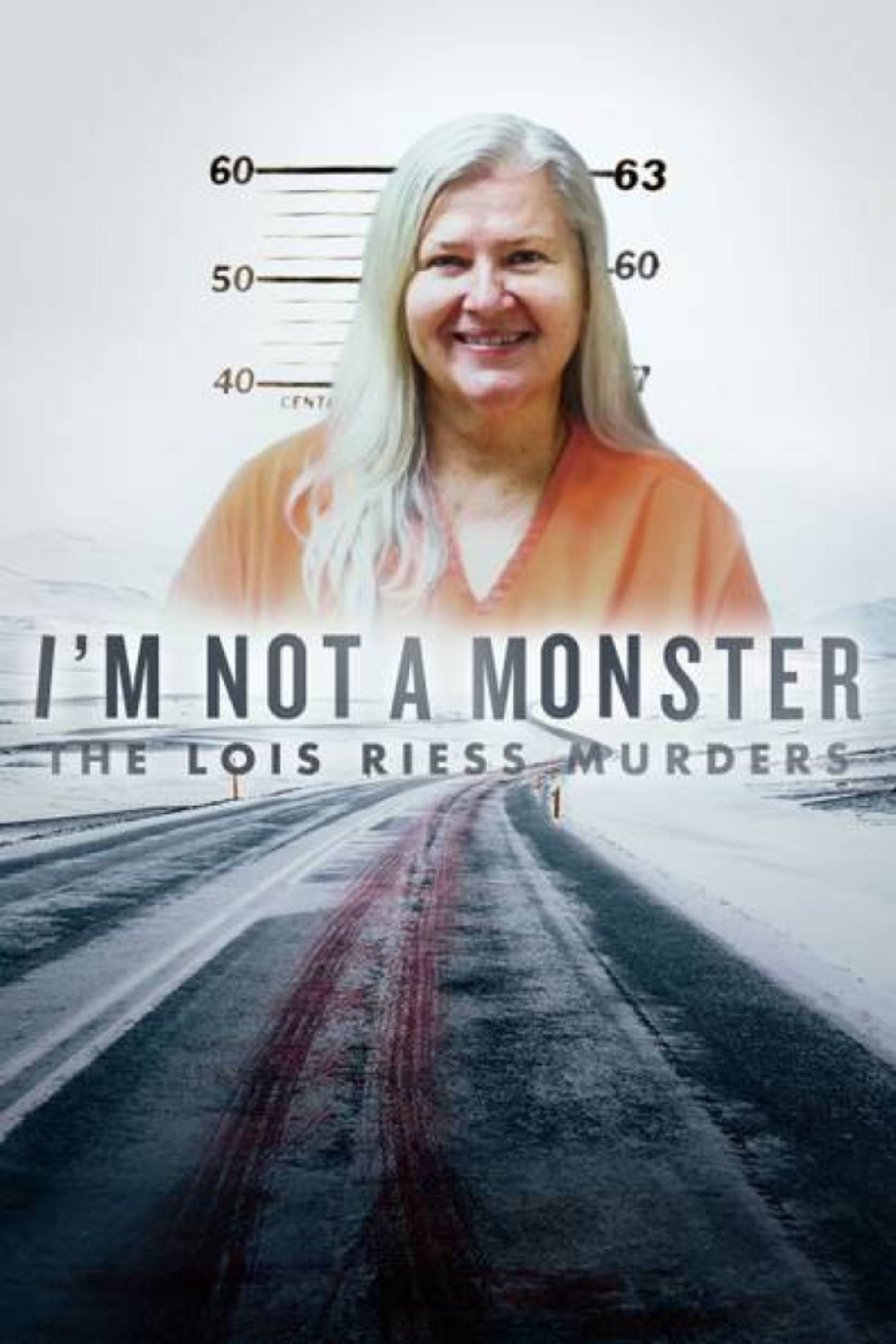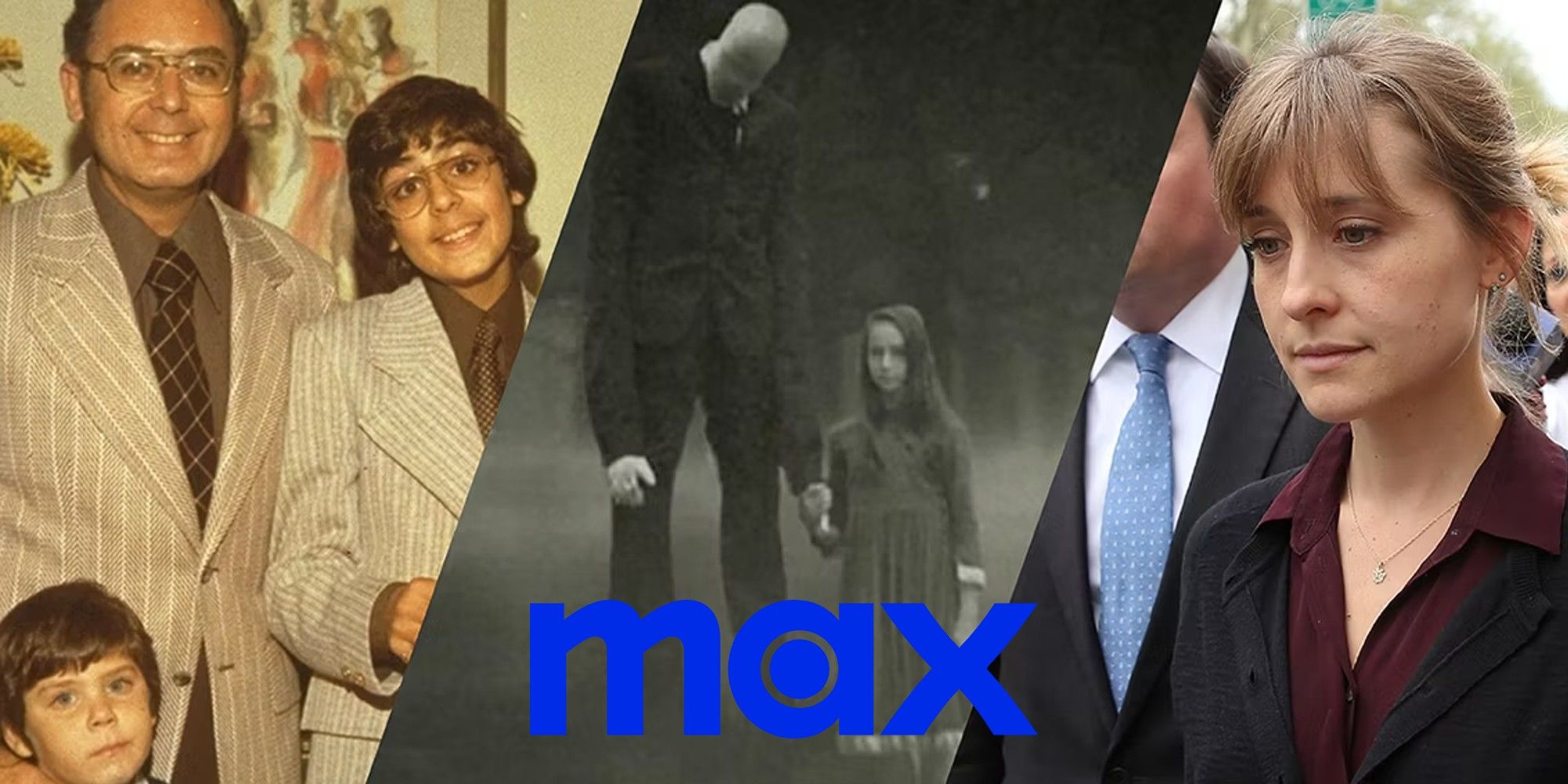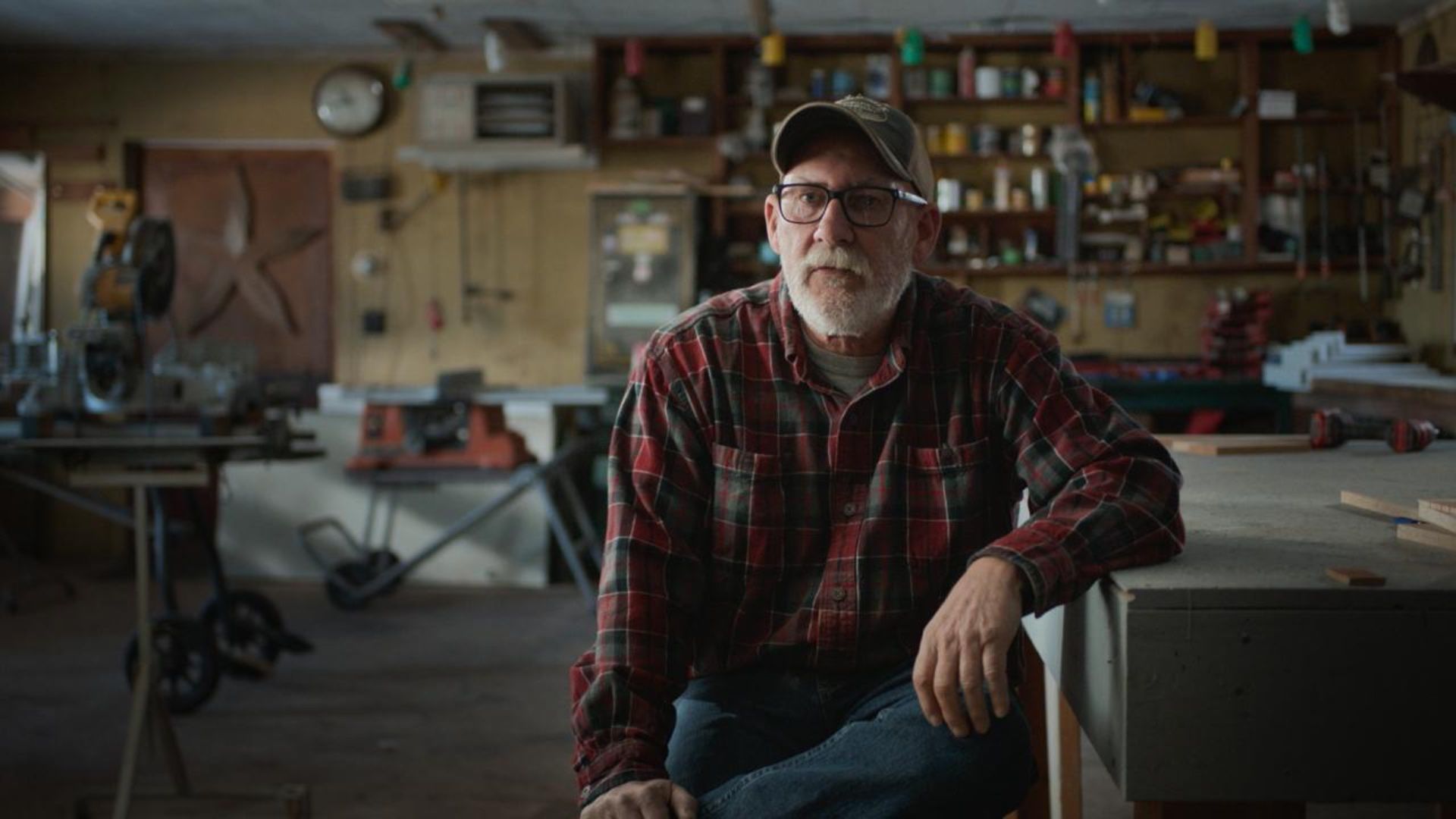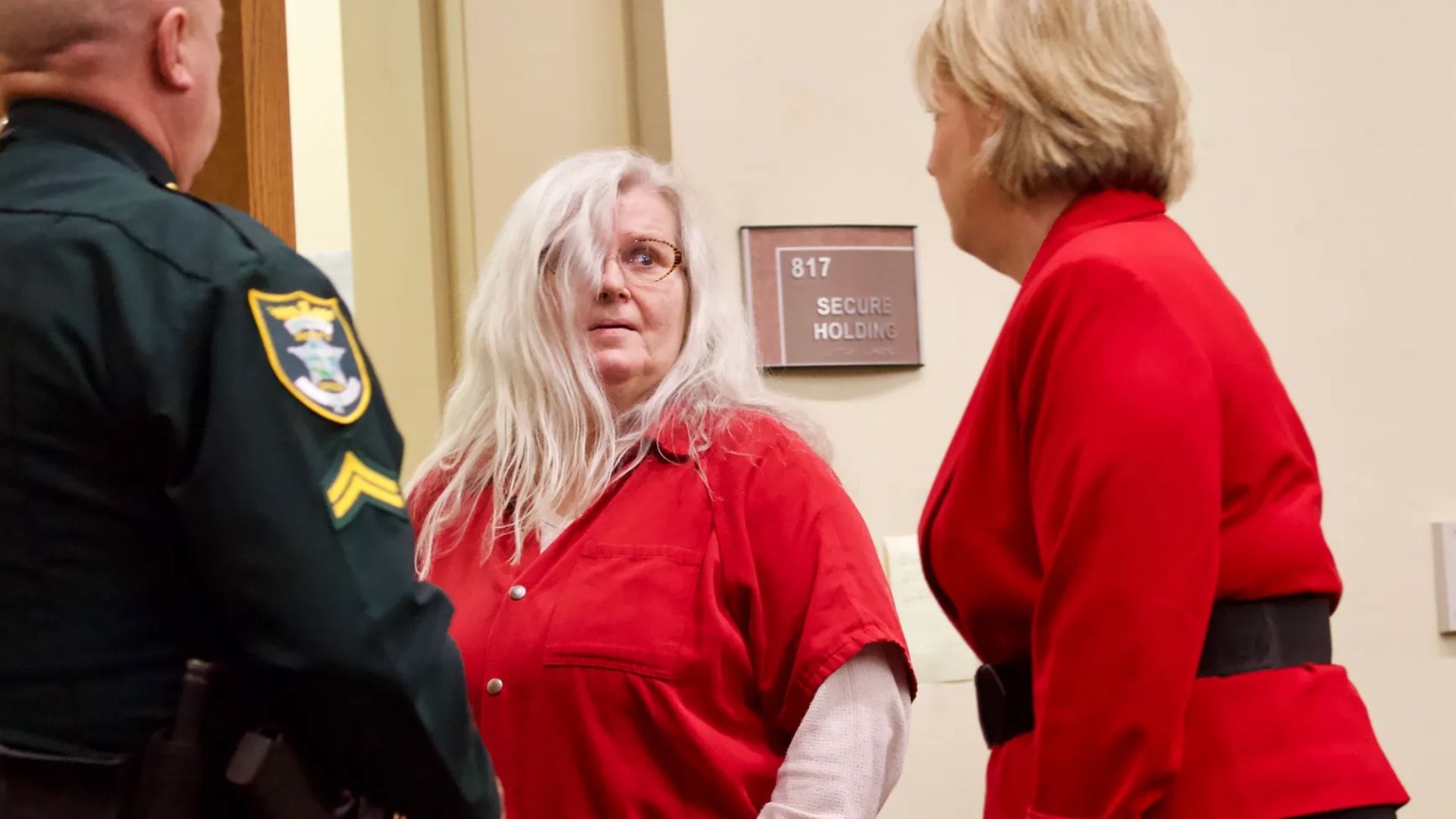Whether it is The Jinx: The Life and Death of Robert Hurst or The Lady and the Dale, HBO has provided true-crime lovers with some pretty detailed documentaries. The release of the newest true-crime documentary hops on the same train and unveils some shocking details while also challenging the viewers to ask difficult questions.
I’m Not a Monster: The Lois Riess Murders continues HBO’s attempt to show that there are incredibly complex cases out there, which may seem straightforward at first but are filled with twists and turns around every corner. This new and frankly unsettling true-crime documentary explores two shocking murders committed by Lois Riess, and it definitely prioritizes nuance over easy answers.
Lois’ Difficult Childhood and Adulthood

- Release Date
- October 15, 2024
One of the first major aspects in this disturbing true-crime series which kickstarts a different perspective on the shocking murders is the fact that Lois had a very difficult childhood, which left significant marks on her adulthood as well. As the youngest of five, Lois had to quickly learn how to care for herself. Reversed roles, which she continued to uphold as an adult. Running away and skipping school were part of her daily life, as she tried to escape her complicated home life.
Her mother was suffering from bipolar disorder and schizophrenic behavior, the house was a hoarder’s paradise, and the father was rarely home, living his life in denial of the obvious issues. Lois’ father was by no means poor, but because of his wife’s hoarding issue, he kept the majority to himself. The result for Lois: no proper home life, staying with different people, drinking, smoking, and eventually experiencing abuse by her mother’s hand.
Lois has always appeared as extroverted and funny, but, in reality, she hid every negative aspect of her life. From a young age onward, she was a survivor. Her fate only seemed to change when she started working at 16 and met her future husband, Dave.

Related
Best True Crime Documentaries on Max
HBO pioneered the art of true crime decades ago. Let’s take a look at what streaming service Max has to offer in that regard.
Isolation as a Result of Abuse
After dating briefly and moving in together, the couple eloped and had their first of three children. From the outside, it seemed like a picture-perfect family, and keeping up the perception was Lois’ daily task. However, the documentary highlights their abusive relationship, as bullying, emotional abuse, and bursts of aggression were a part of living with Dave and being married to him.
Lois explains that he simply wasn’t ready to settle down and that he would take everything she loved away from her. Working in her own daycare, which brought her own money, her own social circle, and, as a consequence, made her independent, was a no-go, and it had to come to an end. At the same time, they moved to a farm rather far away from everyone she knew, which led her to feel extremely isolated in the beginning, and she ended up being financially dependent on him.
The way Lois grew up, the abuse she experienced as a child, and the opinion that divorce was never an option were seemingly a great influence on her. Lois never considered divorce as a way out, since she was intimidated by Dave and raised surrounded by a very different mindset. Lois turned to accept the verbal and physical abuse and became subordinate to his controlling behavior.
A Crippling Gambling Addiction
Trauma is complex, there is no denying that. Diving deeper into Lois’ childhood and adulthood and taking a closer look at how she was treated brings up the question of how she dealt with this overwhelming buildup of emotions. In this chilling documentary on Max, Lois reveals that by solely caring for everyone else, she sent herself into a depression. The only thing that made her feel good was gambling, and just like that, she slid straight into a gambling addiction. Experiencing the high of gambling and getting her own money was her dangerous version of self-care, and she continued to chase this trance-like state all the way to the end when there was nothing left.
Addiction does terrible things to people, and the same happened to Lois. When her dad died, his children inherited his money. While her sibling got 25% of the fortune, Lois only received 15%, even though she cared for her dad when he was sick. Her older sister, Kim, was diagnosed with schizophrenia and bipolar disorder, so Lois became her caretaker, which allowed her to steal funds from her sister in order to continue chasing her high. At the casino, Lois received everything she didn’t get at home: joy, compliments, and money. For a while, cashing in Kim’s money worked, but Lois’ crime was discovered and the consequences were detrimental.
The topic of Lois stealing Kim’s fund is rather twisted since Lois highlights how she simply tried to pay herself for her role as the caretaker. Unable to pay back what she stole, Lois tried to commit suicide but was found by Dave and survived. Upon being sent to a mental health hospital, Dave was allegedly ashamed of her, and the situation at home deteriorated even further to a point where Lois claims that Dave constantly pushed her to give it a second try and make sure she succeeds.
Lois’ Murderous Escape From Guilt and Shame
I’m Not a Monster is not just filled with clear answers. Lois doesn’t simply appear as a cold-blooded murderer with no conscience or guilt. In fact, it is exactly guilt and shame that drove her to commit such horrific crimes and take away the future of two people. After stealing from her sister, Lois was sued for an unimaginable amount of $100,000. A debt that would surely be overwhelming to anyone out there. Added on top is the fact that there is no healthy communication or support between husband and wife.
Lois’ feeling of being completely stuck in the terror of abuse and not being able to feed her addiction created the perfect ground for utter chaos. According to Lois, the abuse reached its peak when Dave handed her a gun and ordered her to end her life properly this time. A natural instinct should be to leave the situation as fast as possible, but Lois pointed the gun right at Dave’s heart and shot him twice. She left his dead body in the bathroom for numerous days until she finally left everything behind and fled straight to Florida.
To the authorities, the crime scene and circumstances depict a cold-blooded, premeditated murder, but no one knows about the trauma and addiction Lois is caught up in. When Lois was in Florida, and she killed a complete stranger, Pamela Hutchinson, the perception of Lois as a cold-blooded serial killer was strengthened. Once again, though, the disturbing true-crime documentary shows that the situation was much more complex.
According to Lois, the topic of suicide came up again, and she simply blacked out. She ended up shooting Hutchinson, slept in her apartment for a night, took her clothes and her car, and was on her way. Lois was arguably not in the right state of mind, caught up in guilt and the desire to leave her past behind, as she then tried to start a new life on South Padre Island, but was eventually found and arrested.

Related
This HBO Serial Killer Docudrama Deserves a Bigger Audience
From 1978 until his capture in 1990, the people of Rostov were, more or less, moving targets for Andrei Chikatlio.
Mental Health Struggles and Blackouts
The murders investigated in I’m Not a Monster show that Lois’ situation is far from black and white. There are strange nuances to her decisions, which make this entire case even more disturbing. Whether it’s Lois’ go-bag filled with weapons and her victim’s stuff like Pamela’s sunglasses as though they are a trophy, or her ability to continue living in a house where her dead husband is just lying there, there are truly disturbing moments in this true-crime documentary.
Upon being arrested, Lois didn’t go to trial but rather accepted her fate and got a life sentence after escaping the death penalty by a hair. While she continues to feel shame and guilt about the crimes she committed, she revealed that she wished she had clarified her mental health struggles much sooner. Since her mother died in a mental health institution, Lois feared the same would happen to her. However, since she claims she had massive blackouts and can’t fully remember why she killed Dave and Pamela, her sentence could possibly have looked different.
There is an eerie resemblance between the two murders, as both happened in a bathroom, with gunshot wounds to the torso, and towels placed in front of the doors to prevent the smell from coming out. Furthermore, Lois simply continued her day-to-day life, and the last conversation she had with both of her victims was allegedly about her committing suicide.
Something inside Lois seems to have been triggered, which could possibly be connected to her severe blackouts and the strain of mental health issues in her family. This case shows that there is always, or at least often, more to a story than just what’s there in plain sight. To this day, Lois is paying for her crimes as she serves concurrent life sentences in the Correctional Facility in Shakopee. I’m Not a Monster: The Lois Riess Murders is available to stream on Max.


